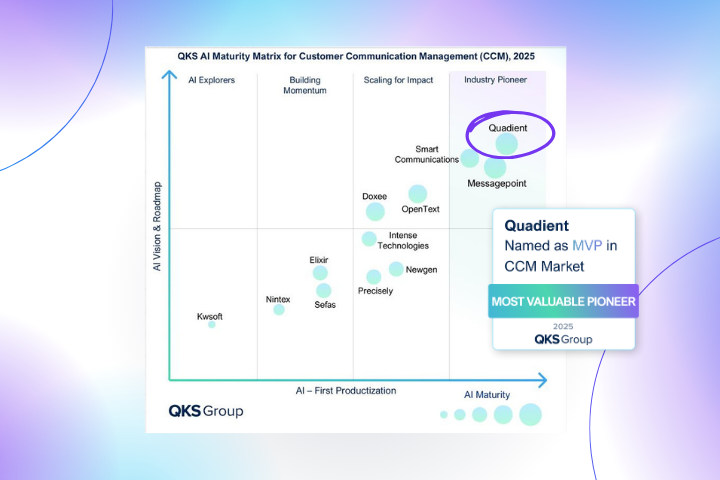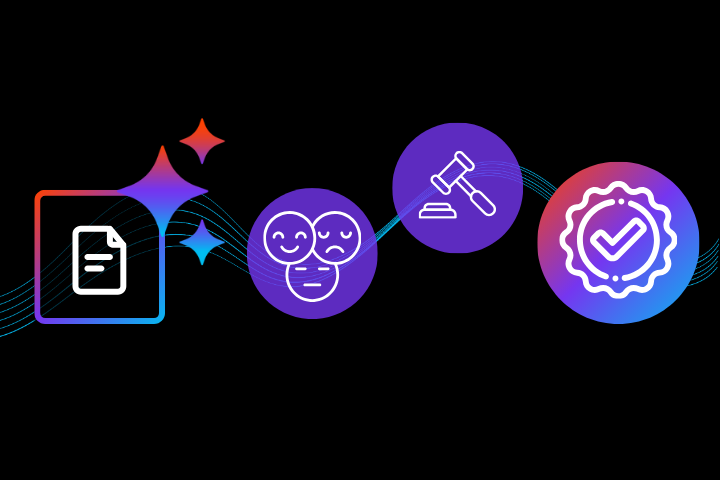
ACH stands for "Automated Clearing House." It refers to a method of electronically moving money between bank accounts using the Automated Clearing House Network. It’s a great option that does not require paper checks, credit card networks, wire transfers, or cash, and is one of the largest, safest, and most efficient money transfer methods in the world, handling over $90 trillion worth of transactions every year.
In this blog post, we'll discuss the benefits, drawbacks, and considerations of choosing ACH as a payment method for you and your AP team.
What is ACH?
ACH transfers are electronic, bank-to-bank money transfers performed through the Automated Clearing House (ACH) network. ACH only applies to domestic money movement; meaning that the funds do not cross borders or change currency.
ACH is referred to by a lot of different names, including:
- EFT (Electronic Funds Transfer - common nomenclature in Canada)
- Direct Payments
- Pre-Authorized Debit
- Direct Debit
- BACS (Bankers Authorized Clearing System - common nomenclature in the UK)
There are two types of ACH transfers:
- Direct payment: These types of transfers involve money leaving an account – it's a way for companies to "pull" money. These can be set up for one-time or recurring payments. For example:
- A utility company can set up automatic, recurring payment requests for monthly bills. Once the sender has agreed to this arrangement, they don't need to take any further action for the bill to be paid (the money to be "pulled") automatically on the due date.
- Direct deposit: These types of transfers involve money going into an account - it's a way to "push" money online to accounts at other banks. Common examples of direct deposit include payroll deposits, government benefit payments, and tax refund deposits.
For the remainder of this blog post, we'll focus on ACH as a direct payment method.
Benefits of ACH as a payment method
When it comes to AP workflows, ACH is secure, efficient, convenient, and cost-effective, making it a preferred go-to option for many businesses. Here's why.
| Benefit | Details |
| Easily tracked | The person sending the money sees an ACH debit appear in their bank account, indicating to whom the money was paid and the amount. The person receiving the money sees it in their bank account as an ACH credit. |
| Streamlined | The transfer of funds from one bank to another via ACH typically happens the next business day after it was initiated. The transfer only passes through a single clearing house instead of through many intermediary points of contact. No waiting for postal mail service (checks). |
| Reduced risk of human error | No risk of lost mail (checks). Automated payments are easy to set up as recurring; avoiding late or missed payments, or the risk of manual keying entry errors. Less chance of payment failure due to expired payment methods – e.g. expired credit cards. |
| Reduced risk of fraud | No bounced checks, misused credit card information, incorrect wire transfer recipients, or cash theft. Recurring payments avoid the need to transmit sensitive banking information repeatedly. All participants need to be authenticated at the beginning and the end of the transaction (whereas wire transfer scams often involve fake identities). ACH is encrypted, meaning the data is scrambled when it’s sent, and a key is required to unscramble it when it arrives at the assigned recipient. This further mitigates the risk of breaches and data thefts. |
| Cost savings/efficiency | ACH batching and automation saves money and time. Automation contributes to a higher rate of on-time payments, allowing for vendor discounts and a more accurate cash flow forecast. ACH payments typically cost less than $1 (regardless of the amount). Whereas:
|
| Environmentally friendly | No paper, no fuel costs for mail delivery, no waste. |
Quadient Facilitates ACH Payments
ACH is a fast and cost-effective payment method for many organizations. Are you ready to offer ACH payment options to your clients? Book a demo with us today to see how Quadient AP can help you implement ACH successfully.








